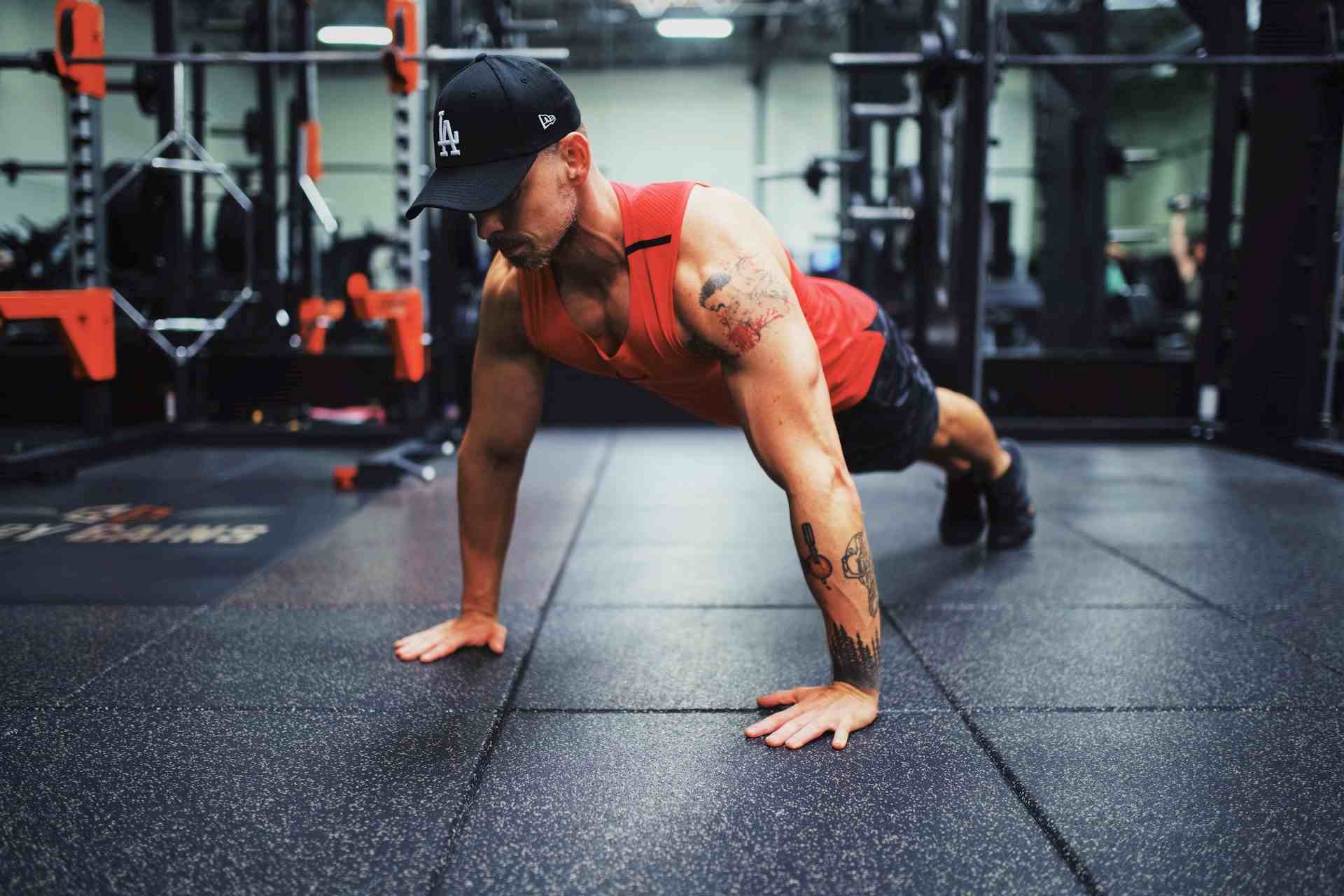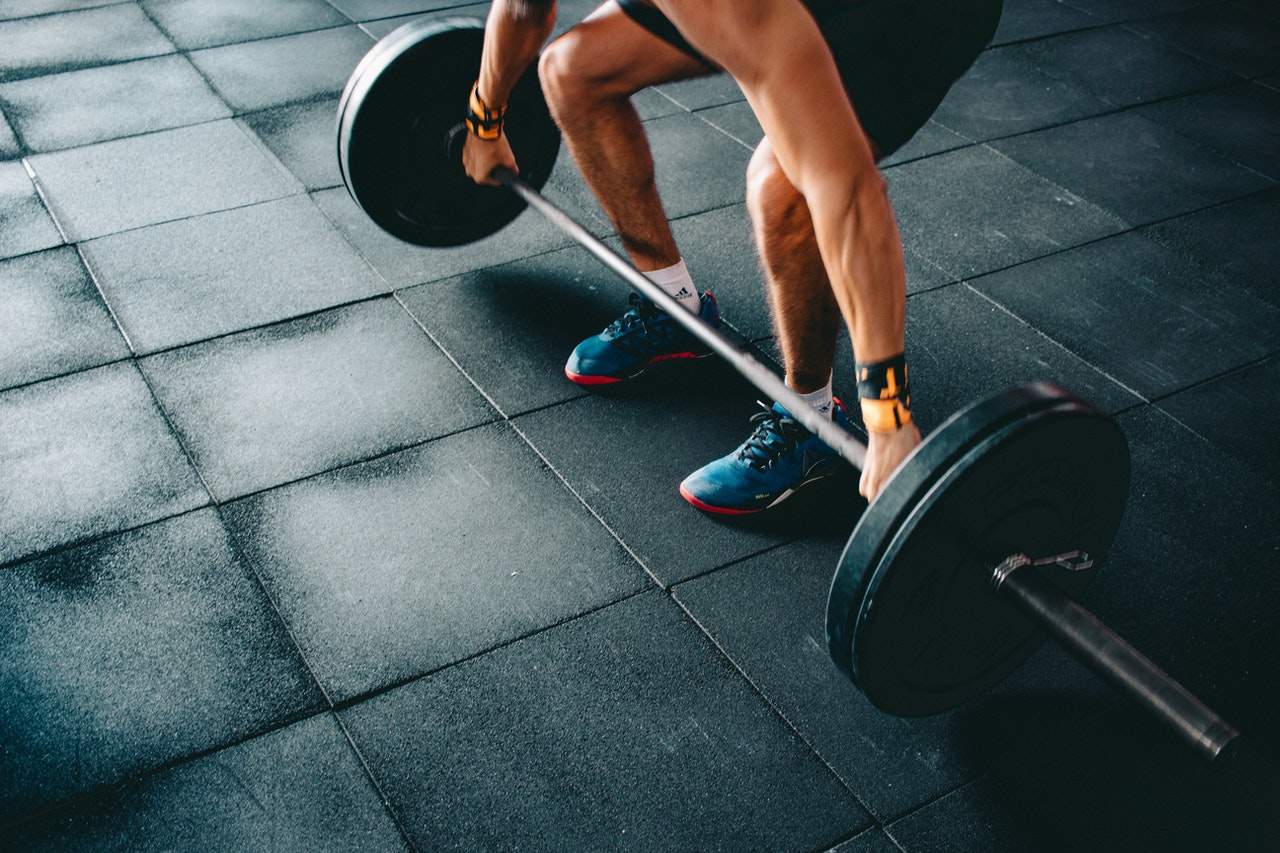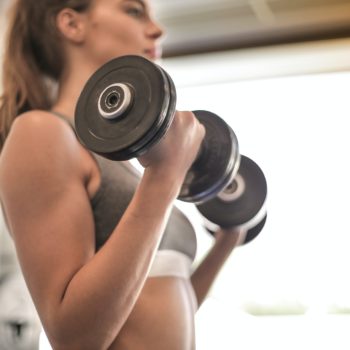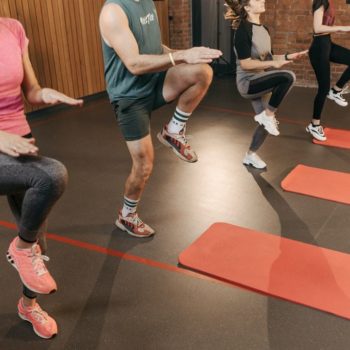What Exercises Burn the Most Calories? 5 of the Best Calorie Burning Exercises

Want to find out the best exercise to burn calories and take your workouts to the next level?
Sometimes you can be in the gym, day-in, day-out but, for some reason, your weight loss is slowing – or has stopped completely. Have you considered that you may not be doing the right exercises to optimize fat burning?
That’s why we’ve put together some of the best calorie burning exercises so you can get back to shredding like a pro and sculpting that physique you’ve been working towards.
5 of the best calorie burning exercises
- Running
Running is one of the best calorie burning exercises. Depending on your bodyweight, on average you can burn around 100 calories per mile running[1]. If you’ve got more weight to lose, you’ll naturally burn more calories. For example, if you’re 120lb you will burn around 11.4 calories per minute, whereas if you’re 180lb it will be more like 17 calories per minute[2].
The other thing to note is that pace can really affect the amount of fat you can burn off. If you’re not used to running, a leisurely jog at around 15-minute miles can cut just as many calories as if you run at a faster pace – you just need to run for longer.
Running is also a great way to maintain a healthy body too, helping to lower blood pressure and reduce the risk of heart disease and osteoporosis. In terms of mental health, running can also boost your mood and decrease symptoms of depression and anxiety[3].
- High-Intensity Interval Training
High-Intensity Interval Training – or HIIT – is one of the most effective ways to really cut those calories. Plus, it’s perfect if you don’t have much time on your hands. The basic premise is to do intense exercises in short bursts, at over 70% of your aerobic capacity to increase your heart rate fast[4]. The best thing about HIIT is that it only needs to be a 10-30 minute workout to be hugely effective.
Research shows that HIIT can burn up to 30% more calories than other, more moderate exercise[5], as well as keeping your metabolic rate high hours after you’ve finished working out[6]. This is why many people think HIIT exercise burns the most calories.
Plus, it can rapidly increase your fitness and help reduce the risk of cardiovascular disease, hypertension and cancer[7] too.
To get the best results, we recommend doing 30 seconds of an exercise, pushing yourself as hard as you can. Then take a 1-minute rest in between at a slower pace. Once the minute is up, ramp up the speed again for 30 seconds. Do this on repeat for 30 minutes – either in a circuit of different exercises or just repeating the same one.
Try:
- High-knee running
- Mountain Climbers
- Sprinting
- Jumping Jacks
- Stationary Cycling
- Squat Jumps
- Aerobic Dancing
You might not think it, but aerobic dancing could be a quick way to melt those calories. The average person – again, depending on your bodyweight – could burn between 300-800 calories per hour dancing[8]. Anything from Zumba to clubbercise, ballroom dancing to bokwa – as long as it’s high-energy and gets your heart rate up, you’ll burn off calories.
The other benefits of aerobic dance include helping improve balance and agility[9], alongside concentration, memory and cognitive performance[10] [11].
Because it’s intense cardio, dancing also helps regulate blood sugar[12], improves sleep[13], boosts mood[14] and strengthens your immune system[15] too.
So, whether you’re a keen salsa pro or are new to the dancefloor, aerobic dancing could be a really fun way of cutting those calories fast.

- Strength Training
No matter who you are, strength training is one of the best calorie burning exercises going. One of the key reasons is that when you lift weights – even if it’s your own bodyweight – you naturally kickstart more muscle growth.
Muscle tissue requires more energy from your body to maintain than fat which means the more muscle you build, the higher your metabolism will be – even after working out[16]. Some research suggests your resting metabolic rate could be raised for up to 38 hours after weightlifting[17], burning off between 50 – 140 extra calories per day[18].
If you’re just starting out or you’re a seasoned pro in the weights area, compound exercises are essential to cutting calories. Because compound exercises use multiple muscle groups, they demand more of your body and elicit greater energy expenditure than isolated movements – burning more fat.
Try:
- Planking
- Deadlifts
- Bench Press
- Squats
- Lunges
- Push-Ups
- Burpees
Remember: if you’re new to strength training, you may want to avoid using weights and rely on your own bodyweight to begin with. You’ll still feel the burn – and be able to maintain good form too.
- Swimming
If you’re suffering from joint injuries and need a less intensive way to kickstart calorie burn, you can’t go wrong with swimming. It provides a full body workout as it uses a good majority of your muscle groups – whichever stroke you choose to do. This means more potential to melt fat.
In just one hour of moderate swimming, you could burn over 400 calories[19] if you’re around 160lb. Obviously if you ramp up the speed, you could shed even more fat – it just depends on your abilities and your starting weight too. Swimming 3-4 times a week could tone your muscles, build strength and improve your endurance without putting too much stress on your heart rate[20].
Swimming is also beneficial to improving sleep[21], is a great stress reliever[22] and could regulate your blood sugar[23] for better appetite control.
What Factors Affect Calorie Burn During Exercise?
Heart Rate
Tracking your heart rate is very important if you’re looking to burn more calories. There are 5 types of heart rates:
- Resting heart rate
- Moderate heart rate
- Target heart rate
- Maximum heart rate
- Fat burning heart rate
To find out your fat burning heart rate, you have to begin with determining your maximum heart rate. To work this out, subtract your age from 220.
Your fat burning heart rate is around 70% of this[24].
You need to bear this in mind when you exercise – and try to maintain it throughout your workout.
If you’re at the gym, regularly touch the heart rate monitors on machines to make sure you’re hitting your fat burning sweet spot. But don’t worry if you’re exercising outside – there are all sorts of ways you can check your heart rate. From wrist monitors to checking your pulse and counting the heartbeats for 60 seconds, there are easy ways of tracking your fat burn.
Weight
As we’ve mentioned previously, the rate of calorie burning is fully determined by your weight. The more you weigh generally means you’ll burn more calories doing the same exercise, at the same pace compared to someone who is slimmer.
This is due to your metabolism. Everyone – no matter how active – has a resting metabolic rate that takes care of your natural bodily functions like breathing, circulating blood and growing and repairing cells. Because of this, if you’re bigger and take up exercising, it requires a lot more effort from your metabolism to keep up – which burns more calories[25]. This explains why heavier people tend to lose weight quicker.
So, if you’re only looking to lose a few pounds, it may take extra efforts to cut them out.
If you’ve reached that weight loss plateau, we recommend supplementing with Instant Knockout Cut to fuel up your metabolism, boost energy for higher endurance during workouts and keep your appetite satisfied. Instant Knockout Cut could be just what you need to revolutionize your weight loss journey and finally shed those stubborn pounds.
Duration and pace of exercise
Whatever level you’re at in terms of fitness, you can still burn calories as long as you’re willing to put the time and effort into it.
As you’ve seen from our range of exercises, a fast-paced, 30-minute HIIT session can melt fat and boost your metabolic rate – even after you’ve finished – which could promote higher calorie burn overall.
However, if you’re starting out on your weight loss journey and trying to get fit, you may have to begin with exercises that are a little less intensive – like swimming, jogging or strength training. These are still calorie burning exercises – but it will just take a little longer to burn the same amount.
So, it’s really a matter of how fit you are – and how hard you want to push yourself – which should determine the duration and pace of your workouts.
Either way, you’ll still burn calories – whatever exercise you do.
The Bottom Line
If you’re stuck at a weight loss plateau or looking to shed fat quickly, our selection of calorie burning exercises should make a big difference to your weight loss.
Remember, it’s about knowing your body and recognizing the best exercises that work for you – taking into account your fat-burning heart rate, current bodyweight and the pace you want to go at.
You should also make sure you’re considering your diet too, to really get stuck into that stubborn fat. Eating clean is just as important as going to the gym – so have a good look at your current diet and see where you can improve.
Check out our article on which foods to add into your meals to boost weight loss!
So, if you want to ramp up your fat burn, try adding some or all of these calorie-melting exercises into your workout regime to get that shredded physique quicker!
Still struggling to see results?
Why not couple your healthy diet and calorie burning exercises with Instant Knockout Cut?
Endorsed by sports pros and champion athletes, Instant Knockout Cut has become a go-to training partner for thousands across the globe looking to shred fat and achieve their very own pro athlete physique.
The science-backed formula is packed with thermogenics to accelerate fat burning, ‘Smart Caffeine’ energy to improve endurance without nasty crashes and a solid hunger control to help you stick to your daily calorie allowance.



